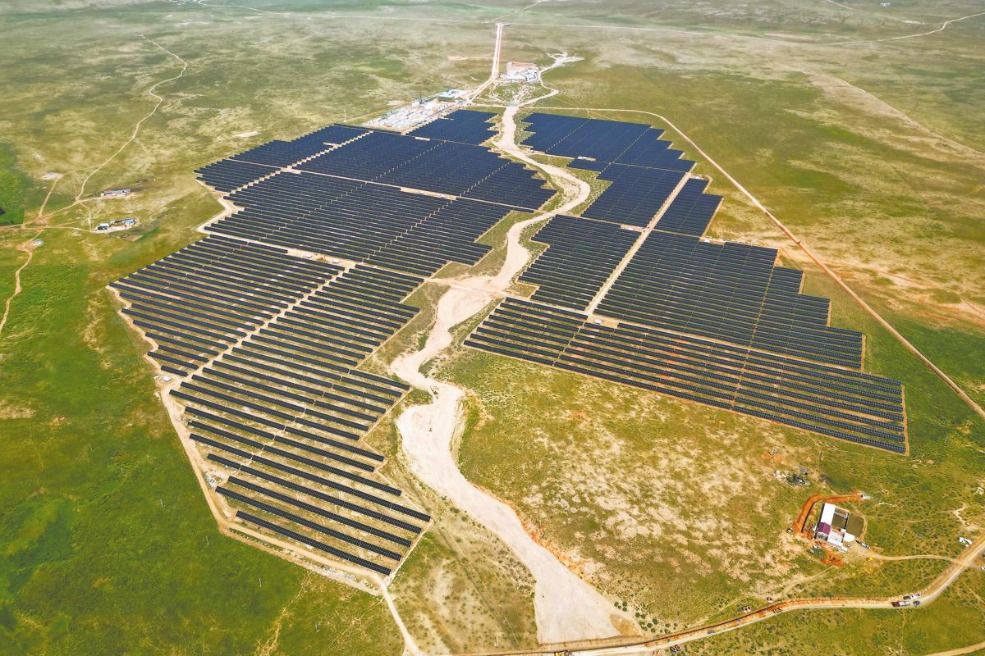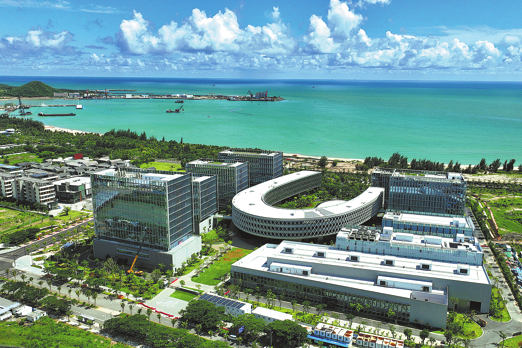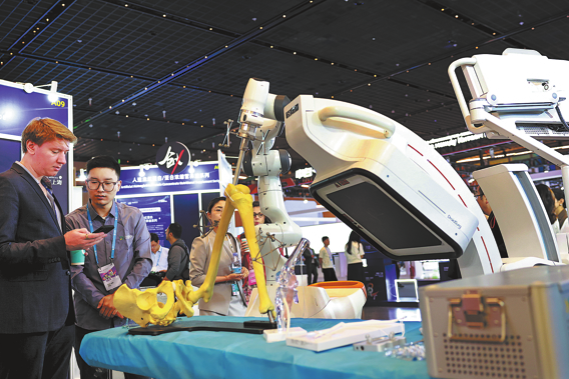Policies still effective, but more efforts needed

China's GDP grew 5.2 per — cent year-on-year in the first three quarters. Slightly weaker than expected though the figure is, it is still a result that only few economies have achieved during the reporting period. The performance of the nation's stock market, however, seems to be lagging behind market expectations. In contrast, despite a slump of more than 10 percent in the Japanese yen's value vis-a-vis the US dollar this year, neighboring Japan saw its capital market expand robustly, with its benchmark index surging by more than 20 percent so far this year. The US capital market is also up by more than double digits.
Behind the indexes
What matters most to a stock market's performance is market expectations of economic fundamentals. At present, China's risk premium is at a high level, which is mainly manifested in two phenomena. Pursuit of time deposits is now the major choice among not only households, but also enterprises. Furthermore, cash levels of listed enterprises are at relatively high levels, which leads to the problem of insufficient household consumption and lackluster investment by enterprises. What is more worrying is that the year-on-year growth rate of investment in high-tech industries continues to decline. This is surely due to weakening external demand, declining exports and more importantly, overcapacity due to sluggish demand at home and abroad after years of rapid expansion in some manufacturing sectors.
Looking deeper, we see two reasons why China's current risk premium stands at a high level — the scarring effects of the COVID-19 pandemic, and some structural factors over the medium and long terms.
The country has stepped away from the shadow of the COVID-19 pandemic, yet we don't see much data on how much lingering scarring effects there will be. According to our calculations based on economic figures from two major cities in China, the pandemic dragged on growth momentum in these urban areas, and after three years, there has been a gap of 10-15 percentage points between the real and expected growth levels. As a result, their overall income levels may see a similar slump, which translates into a big shock to balance sheets.
Also, during the pandemic, we have experienced four medium — and long-term structural inflection points. The first has been demo — graphic in nature. The nation's population declined in 2022 — the first time since the 1960s — with a population decrease of 850,000. The second is in housing prices, as the secondhand housing price index in China reached a peak in August 2021. The third is the growing trend of deglobalization, or anti-globalization, thinking. Hindered by the pandemic, exchanges between countries decreased significantly during the period, and coupled with the outbreak of the Russia-Ukraine conflict in 2022, there has been a factionalization tendency in some regions. The fourth is in household consumer confidence and income expectations. In 2020, the household leveraging ratio reached 62.3 percent, and remained basically flat afterward.
With such a superimposed position, the nation is seeing an inflection point also in its financial cycle represented by the resonance of the real estate and credit cycles.
Challenges to growth model
Facts are showing that the traditional economic growth model of China is facing challenges, and it is indeed incumbent upon the country to make some adaptations to this end. But there are some voices highlighting "policy ineffectiveness" in the market, with major concerns over a liquidity trap, and a potential balance sheet recession — both of which phenomena we see will not happen in China. Not only does there still exist plenty of policy space, but also sufficient time for the country to enact decisive and effective policy measures to reverse the status quo.
The most typical feature of the liquidity trap is that households and enterprises mainly hold demand deposits, but more than 70 percent of the current holdings of Chinese households and enterprises are time deposits.
As for worries over balance sheet recession — a situation where all sectors, including households, businesses and government departments tighten their balance sheets — initiating a vicious downward cycle, there currently is no sign of such a cycle in the nation. There are even some sectors, such as State-owned enterprises, that are still reporting expanding balance sheets. Moreover, the leverage ratio of China's central government departments is relatively low, and there is some room for growth in this case.
Chance to reverse trend
China now has an important window of time to reverse the downward spiral of weakening expectations and the impact on economic fundamentals. The ideal way out of this cycle, as we see things, is to restore household consumer and income confidence through strong policy measures, thereby increasing expenditures and driving business investment, so that a virtuous cycle can be created, thus boosting household and enterprise performance.
Under such circumstances, policy stimulus measures can be carried out in a variety of ways, but it should be noted that the old model may not be sustainable anymore. Supporting real estate will be less efficient after the appearance of the inflection point in the real estate cycle, and the effect of supporting investment through policy financing may damage the supply and demand balance and eventually lead to aggravated overcapacity. Taking into account the current structural imbalances and the gap between urban and rural areas, an increase in fiscal expenditures can be achieved in ways different from the past, such as granting unemployment insurance for youth and reducing the burden of childcare costs to increase birthrates.
Time to find new impetus
China is making its shift to the current new model of economic development. For a long time in the past, the nation's economy consistently expanded at an average annual rate of 7-10 percent. Now the economic growth rate has slowed to around 5 percent — a natural result following the processes of rapid urbanization, industrialization and real estate development having run their courses. China needs time to find new impetus and gradually adapt to the stage of high-quality development in the process.
Nevertheless, the economy does have some problems. From a structural point of view, as the economy is in a shifting growth mode period and structural transformation, there will inevitably be unadaptable facets. In the meantime, many new growth points and investment opportunities will also appear on the horizon. There is still a large number of investment opportunities in areas in line with high-quality development, such as manufacturing upgrading, green transformation and independent innovation. Therefore, the current economic situation should be viewed as both a challenge and an opportunity.
Compared to some developed economies, such as Japan, China's economy still has considerable potential for growth. In addition, there's still plenty of room for more urbanization, which means a lot more potential for improvement compared to developed economies. In this case, promoting urbanization through household registration reform to release consumption potential, and providing better protections for migrant workers in cities, will have a positive impact on unleashing consumption dynamism and boosting economic growth.
The writer is a managing director of China International Capital Corp, a Beijing-based investment bank.
This op-ed is a translation of his presentation to a monthly forum held by the China Macroeconomy Forum, or CMF, a think tank in Beijing.
The views do not necessarily reflect those of China Daily.

Today's Top News
- Xi congratulates Jose Antonio Kast on election as Chilean president
- Ukraine says latest peace talks with US, Europe 'productive'
- Asia's rise and Europe's structural decline
- Economic stability a pillar of China's national security
- Xi taps China's deep wisdom for global good
- New rules aim for platforms' healthy growth






























